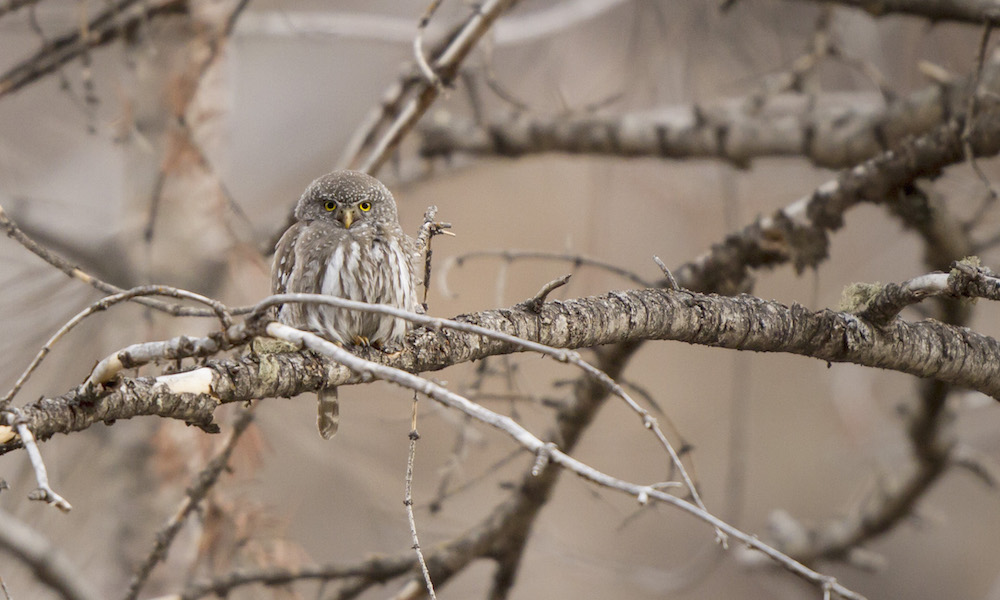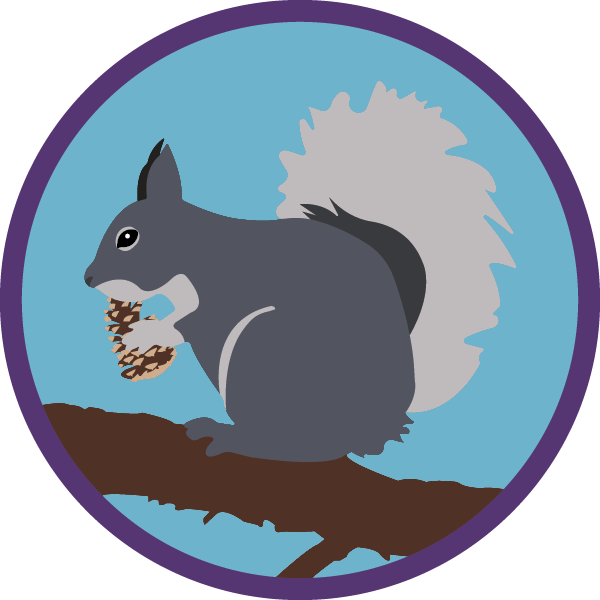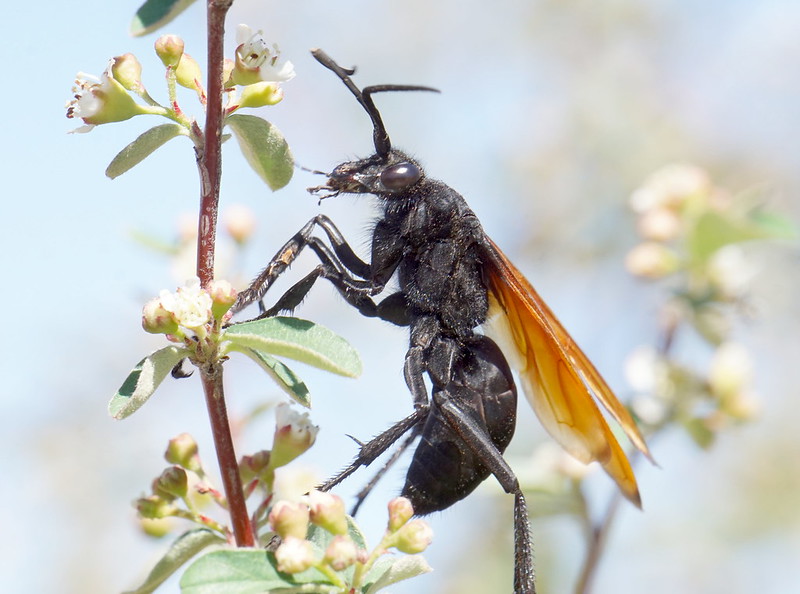
Did you know that the word ecology comes from the Greek roots “oikos,” or house, and “-logia” or study? So, you can think of it as the study of home, or how organisms relate to their environments.
This week on Take It Outside, we are exploring some of the particular ways organisms in Northern New Mexico relate to our local environment.
Summer Nature Challenge:

Participate in our Summer Nature Challenge! Every week, participants who complete the challenge can earn a sticker. If you finish all nine weeks, you’ll earn a bonus sticker! Find our archive containing all of our past Take It Outside activities here.
Download the challenge sheet here to print out and complete at home. At the end of the challenge, you can either bring it to the nature center or mail it to us at 2600 Canyon Rd, Los Alamos, NM 87544.
If you don’t have a printer or prefer to work online, you can tell us about your experiences in the Google Form below or email your stories and pictures to takeitoutside@peecnature.org.
Blog Post:
In this week’s blog post, learn bats have impacted life as we know it. Check it out here!
Outdoor Challenges:
We’re posting three outdoor challenges today that you can enjoy throughout the week!
Tell us about your experiences with one, two, or all three of them! You can do this in the Google Form below, by writing or drawing about them on our summer challenge sheet, or by sending an email to takeitoutside@peecnature.org.

Challenge #1 – Look for Bats!
There are at least a dozen species of bats in Northern New Mexico. Try to spot some of them! Bats are active at dusk and dawn, and sometimes throughout the night. They like to eat bugs and prefer areas with open skies.
Some places to look include over bodies of water, like at Ashley Pond in Los Alamos, or rivers, lakes, and water treatment ponds. Or, try looking near parking lots where the lights attract bugs. Let us know where you saw a bat!
Challenge #2 – Ecosystem Mapping
This challenge is based on an activity designed by the Santa Fe Watershed Association. An ecosystem is composed of the living and nonliving things in a place, and all the relationships between them. Take a piece of paper outside, and start writing down or drawing all the living and nonliving things you notice. Examples are specific animals, plants, sun, water, air, and much more.
Now, think of the ways they are related. For example, grass needs the sun for photosynthesis. Draw a line between sun and grass to represent this relationship. Keep thinking of relationships and drawing lines. How many can you think of? How connected is your ecosystem? Share your results with us on your summer challenge sheet or by using the form below!
Challenge #3 – Ecological Relationships

Try to spot some of our region’s iconic ecological relationships:
- Abert’s squirrels and ponderosa pines. Look for these tufted-eared squirrels among the ponderosa pines, whose seeds and sap they eat. In addition, the squirrels eat the fruiting bodies and spread the spores of mycorrhizal fungi, which grow in a symbiotic relationship with the ponderosas!
- Tarantula hawk wasps and … tarantulas. The state insect of New Mexico is a large wasp that captures and paralyzes tarantulas with its venomous (and reportedly extremely painful) sting. It lays a single egg inside the arachnid, and when the larva hatches, it eats the still-living tarantula from the inside out. Look for a heavy-looking wasp, up to 2 inches long, with a dark body and orange wings. Don’t worry, these wasps are not aggressive toward humans. See a quick video of a tarantula hawk paralyzing a tarantula here.
- Milkweed and monarch butterflies. Monarchs breed and migrate through New Mexico, and you can see them here in late summer. The monarch is a specialist on milkweed plants, which means the female monarch lays eggs only on milkweed plants, and these plants sustain the hungry larvae until they are ready to metamorphose into adults. As they feed on the milkweed, the larvae build up toxins called cardenolides that help protect the butterflies from predation. There are several species of milkweed native to New Mexico. If you find milkweed, look for adult monarchs, eggs, larvae, or chrysalises, but be sure not to disturb these animals whose populations have declined precipitously in the last few decades due to habitat loss, pesticides, and climate change. You can visit PEEC’s new native milkweed garden behind the fence on the west side of the nature center.
Want to Learn More?
- Do you want to learn more about bats after reading this week’s blog post? Find out what bats live in Bandelier National Monument on their website. You can also check out the work of Merlin Tuttle’s Bat Conservation. Learn more about this organization here.
- Bats make all kinds of sounds! Listen to a sampling of them in this recorded soundscape from National Public Radio.
- The New Mexico State Extension Service has information about what to if you have bats in your house.
- Are you interested in learning more about the ecological relationships we mentioned? Explore Abert’s squirrels on this webpage from Bandelier, find out more about tarantula hawk wasps in this article from New Mexico Magazine, and learn about milkweed and monarchs in this blog post from PEEC volunteer Jenna Stanek.
Share Your Experience:
Tell us about your outdoor experiences! We’d love to see your photos, too. Please send them to takeitoutside@peecnature.org or share them on Facebook or Instagram with the hashtag #peectakeitoutside. If you’d like this to count for the Summer Nature Challenge, be sure to include your name and email address.
